The views expressed in our content reflect individual perspectives and do not represent the authoritative views of the Baha'i Faith.
Have you heard of hozho? We Navajos say it means peace, happiness, beauty, balance, and harmony. Actually, though, hozho is an all-encompassing word that includes truthfulness and all the good virtues.
I’m from the Dine’h (Navajo) Nation. I am of the Bitahnii or Folded Arms Clan, Born for the Toh aheedliinii or Two Waters that Flow Together clan. My maternal grandparent is Toh di’ chiinii or Bitter Water clan, and my paternal grandparent is Tsi’naa jinii—The Black Streak Running on the Tree clan.
I was born in Ft. Defiance, Arizona and raised in the Navajo community of Pine Springs, Arizona. The Baha’i Faith first came to my community back in 1962, when some of my Navajo Baha’i relatives held a Council Fire at the Pine Springs Chapter House. They wanted to tell everyone they knew that Baha’u’llah had come.
My grandmother Nesbah Burnside was there, along with my grandfathers Daniel Burnside, Tom Burnside, Hoskie Burnside, Mark Burnside, John Burnside and others—all now deceased. The late John Burnside, who was a Navajo medicine man, taught me the etiquette of my people’s ceremonial ways, and all of my grandparents and family members taught me my Dine’h Bi’ Zaad—the Navajo language, my first language.
At the Council Fire my uncles—Franklin Kahn, Chester Kahn, Benjamin Kahn, Alfred Kahn Sr., and the rest of the Kahn family, who were the first Baha’is of my people—informed the surrounding community on the Navajo Nation as they spoke and taught at the 1962 Council Fire gathering. Many, many Navajos became Baha’is during that time, inspired by what Abdu’l-Baha said to the Baha’is about the native peoples of the Americas:
Attach great importance to the indigenous population of America. For these souls may be likened unto the ancient inhabitants of the Arabian Peninsula, who … became so radiant as to illumine the world. Likewise, these Indians, should they be educated and guided, there can be no doubt that they will become so illumined as to enlighten the whole world. – Abdu’l-Baha, Tablets of the Divine Plan, p. 33.
It was all of my uncles who taught me the Baha’i Faith, and from there I became a Baha’i. I applied and was accepted to be a student at Louhelen Baha’i School in Davison, Michigan. There I began studying the writings of the Bab, Baha’u’llah, Abdu’l-Baha and Shoghi Effendi, learning about the beautiful Baha’i principles.
But during that time, in the early 1990s, I also enrolled at Mott Community College in Flint, Michigan. Back then as a college student I realized I wasn’t completely sure about the Baha’i Faith, all because of what I had experienced from my past intergenerational traumas of the Navajo peoples’ forced long walk, and the traumas I suffered in the Bureau of Indian Affairs Boarding School as a child.
I saw the possibilities of the Baha’i Faith, but feared that the Louhelen Baha’i residential school would fall into the same scenario of the BIA boarding school assimilation process and cultural genocide we Indians had gone through for so long.
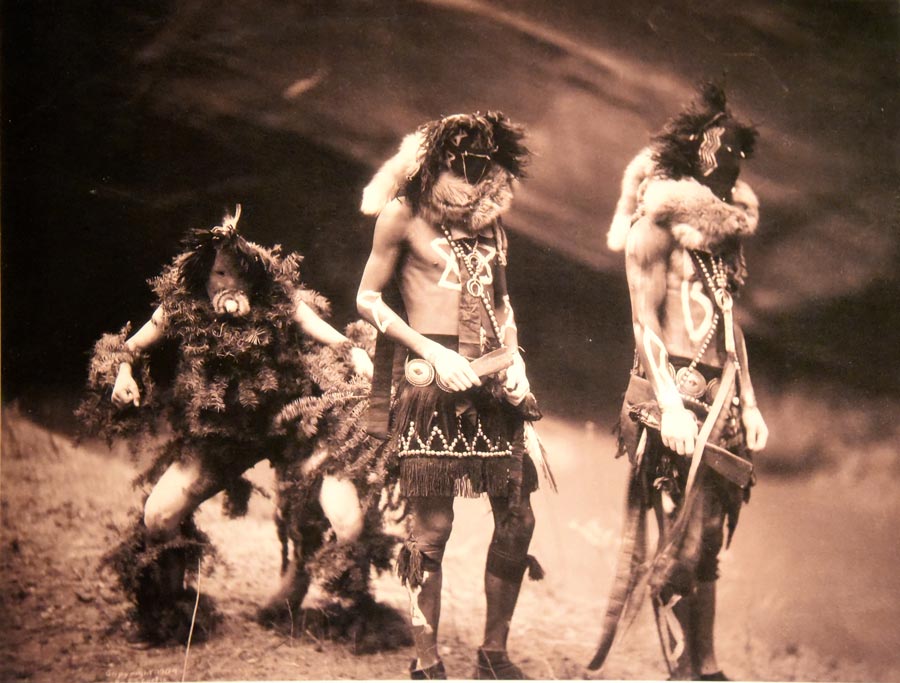
Navajo Yebichai dancers. Eduard S. Curtis. USA, 1900.
It wasn’t until later on, when I left Michigan and moved back to Southwestern Arizona and New Mexico, that I decided to re-submerge myself into our Indigenous spiritual and ceremonial ways. I was initiated into the Yei Bi’ Cheii—the Navajo Nine Night Ceremony—and had several Hozhoji’—Blessing and/or Beauty way ceremonies—and had other ceremonies done over me, too. Then I started to understand my own native beliefs better.
I began by relearning the Navajo emergence and origin stories, about how these ceremonies and the Navajo ceremonial chants had emerged and evolved. It was through these traditional Navajo spiritual teachings and concepts embedded in our chants, prayers and ceremonial language that I came to better understand the Baha’i Faith—and understood how those two sets of spiritual teachings were really one.
One specific Navajo concept—Ałkééh na ashi—represents the first known word that describes the spectrums of light, clouds, and the source of many holy winds. It also means the holy twins—the life essences of the male spirit and the female spirit. The word starts in the Navajo emergence story of the four worlds, then extends its meaning into the Earth, the Sky, the Dawn ,the Day, the Evening, the Night, the Moon, and the Sun. It also describes the first-form manifestations of God, who represent the equality between both essences and physical sexes, who Navajos call the Holy People: Haashchʼééłtiʼí or First Talking God, who represents the male essence; and Haashchʼééʼooghaan, First Calling Spirit God or House God who represents the female essence.
In the Navajo origin story those two Holy People were the dawn-breakers who assisted the Great Spirit, Creator, Almighty God’s set of instructions and laws in developing the world and humanity. They represent the male life essence and female life essence in everything that evolves and exists—and they correspond in some ways with the Bab and Baha’u’llah, the twin prophets or twin manifestations of God in the Baha’i teachings. All of these divine messengers would be considered God’s Hozho. The Navajo belief system includes the concepts of twin manifestations—Allili’Ke’go and Alkeeh na ashi’—The Two who follow one another, known as follower pairs and primordial pairs, or sometimes as the Hero Twins. By comparing the two, I could finally understand the idea of the twin messengers of God—the Bab and Baha’u’llah—in the Baha’i teachings.
In this way I’ve begun to comprehend this station of the prophets of God, which reinforced our way of life, culture, traditions, and teachings through our spiritual ceremonial language. I now have a deeper and more in-depth perspective of the station of twin manifestations through the lens of my own indigenous culture.
But now this same language or languages have been assimilated out of us native peoples. Many other tribes can no longer speak their language—and, as a result, don’t know some of their spiritual words or concepts. They’ve not only lost their language, they’ve lost their beliefs, their cultures and their way in the world. They have lost their ethical teachings of thinking right, doing right, and being right. That is why it is important for us to keep speaking our indigenous languages and singing our songs—so we do not lose the connection to our beliefs, our past and our cultural heritage.
My uncle, who was a Navajo Code Talker in World War II, told me to make sure that we remember our language by reading and writing it. He said “Son, make sure you include our language. Don’t forget the language—it is the language of the Holy People, who are our first known holy messengers of God since the beginning of humanity. That, for us, is the origin of our Dine’h existence and the existence of all humanity.”
From the language, then, comes everything—beauty, balance, harmony, or hozho.
This is what many of our spiritual medicine men and elders keep saying. When the Baha’i Faith teaches that the indigenous people can “enlighten the whole world,” that means we all need to include the language and cultural teachings which connect us to Mother Earth and universal Father Sky in both oral and written form.
By including the Navajo indigenous language of the Holy People, Baha’u’llah, and God’s blessings shall definitely endure in unity into the future, and we shall all live in hozho.


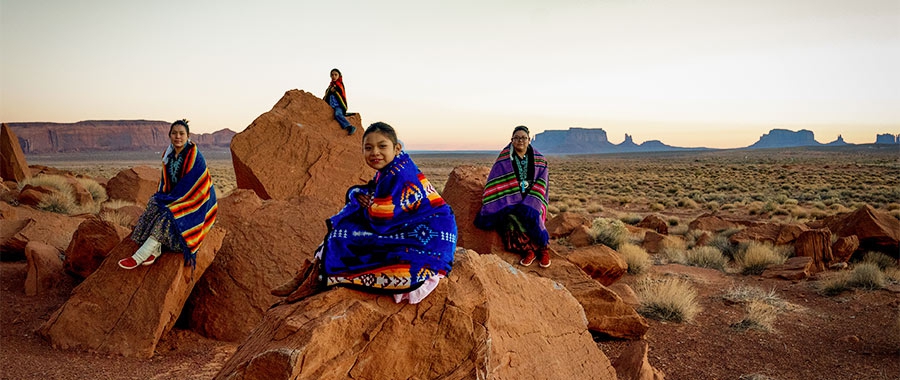
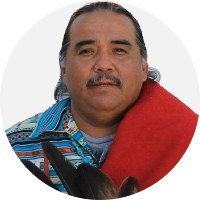
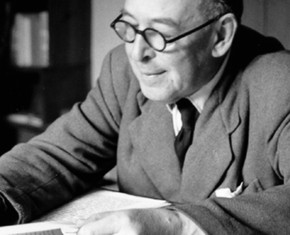
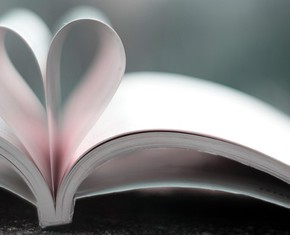
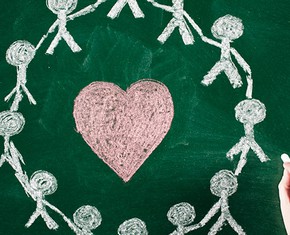
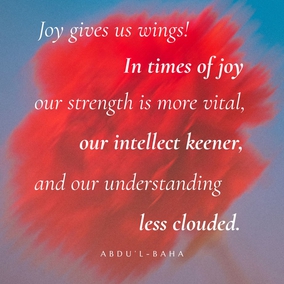
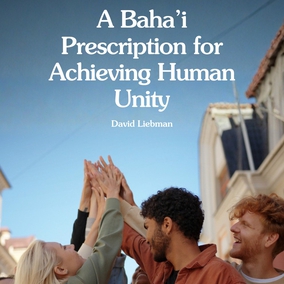
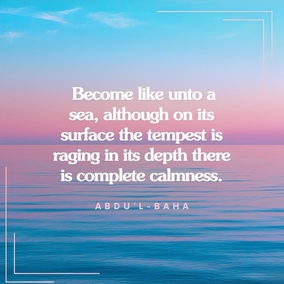
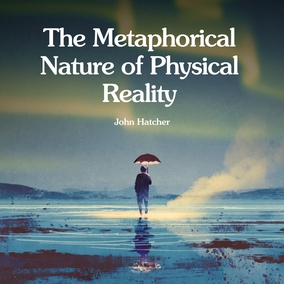
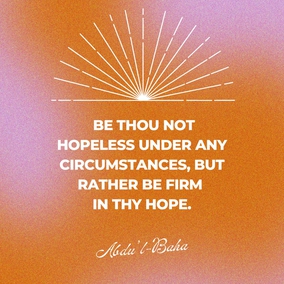
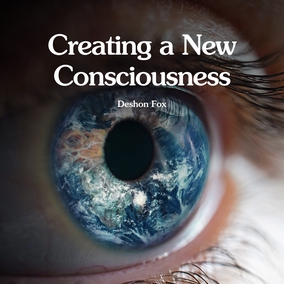



Comments
Sign in or create an account
Continue with Googleor